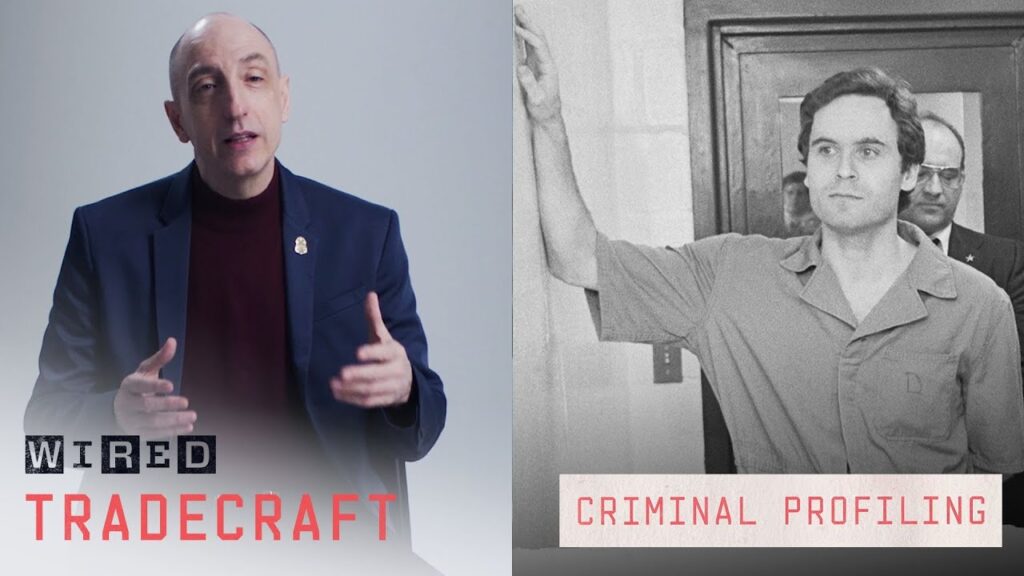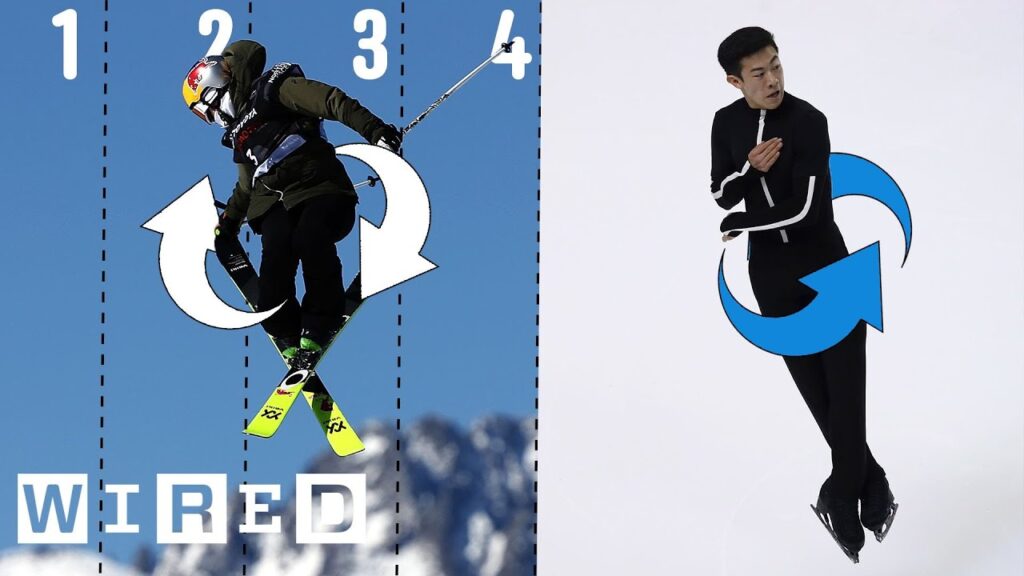Criminal Behavioral Analysis: Understanding Offenders and Solving Crimes
Summary
In this article, we explore the work of a criminal behavioral analyst who has analyzed two crime scenes. The first crime scene suggests that the offender was not very intelligent and had a low level of inhibitions, possibly due to drug or alcohol use. The second case involved the DC sniper case, which was groundbreaking in terms of the profile developed for the offenders. Criminal behavioral analysis can generate leads in cases where local law enforcement has no idea who committed the crime.
Table of Contents
- The First Crime Scene
- The DC Sniper Case
- Criminal Behavioral Analysis: Generating Leads and Solving Crimes
The First Crime Scene
The criminal behavioral analyst analyzed a crime scene that suggested the offender was not very intelligent and had a low level of inhibitions, possibly due to drug or alcohol use. The letters scrawled on the floor may indicate a person or a motive, and the analyst suggested investigating whether it was a message left by the dying victim or a staging to misdirect investigators. The organization level of the crime was low, and the offender left forensic evidence behind, indicating a lack of sophistication. The analyst believes that the offender may have gone into a panic afterward and may have disposed of the weapon somewhere.
The DC Sniper Case
The criminal behavioral analyst was involved in the investigation of the DC sniper case. The offender planned and executed six murders within 27 hours, indicating a certain level of calmness and planning. The pre-attack surveillance and the offender’s ability to remain unseen suggested that the offender had police or military training and experience on the streets. The offender was likely in his mid to late 40s and had a certain level of sophistication and experience. The victimology was completely random, and the offender did not appear to be targeting a particular group.
The DC sniper case involved two snipers, one in his mid-40s with police or military training and experience, and one in his teens, both African American. They worked together, but snipers with a God complex typically do not work well together. The older sniper may have controlled the younger one through sexual victimization. The profile developed for the DC sniper case was groundbreaking because previous sniper cases were committed by lone white male offenders in their 40s or 50s with a grudge.
Criminal Behavioral Analysis: Generating Leads and Solving Crimes
Criminal behavioral analysis can generate leads in cases where local law enforcement has no idea who committed the crime. The analysis can lead to the identification, arrest, and conviction of the offender. Understanding the offender’s behavior, motives, and thought processes can help law enforcement officers to develop a profile of the offender, which can then be used to narrow down the list of suspects. The work of criminal behavioral analysts is crucial in solving complex and high-profile cases.
Conclusion
Criminal behavioral analysis is a powerful tool that can help law enforcement officers to solve complex and high-profile cases. By understanding the offender’s behavior, motives, and thought processes, criminal behavioral analysts can develop a profile of the offender, which can then be used to narrow down the list of suspects. The work of criminal behavioral analysts can lead to the identification, arrest, and conviction of the offender, bringing justice to the victims and their families.







